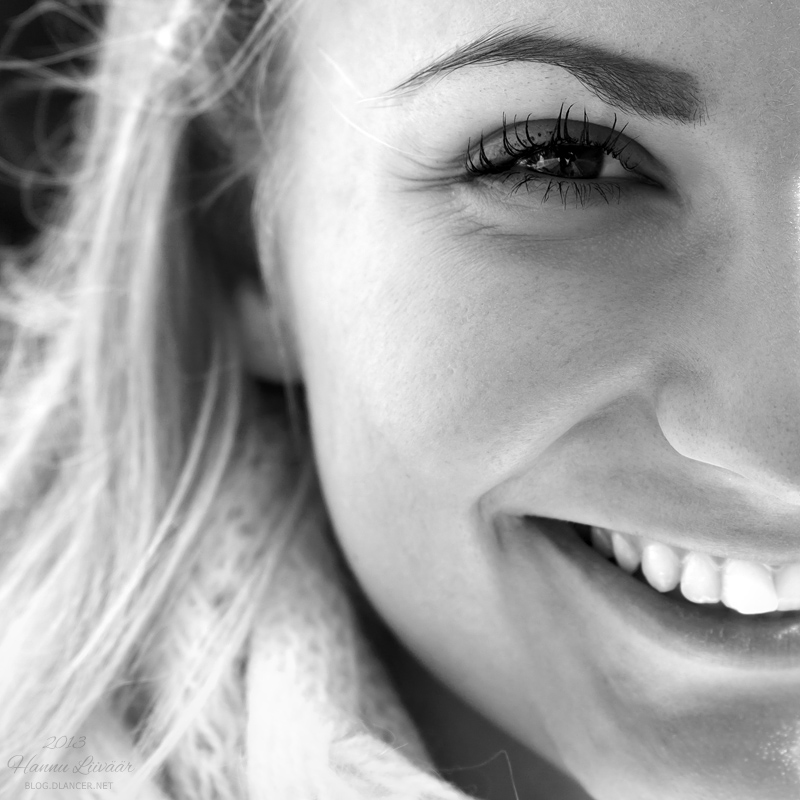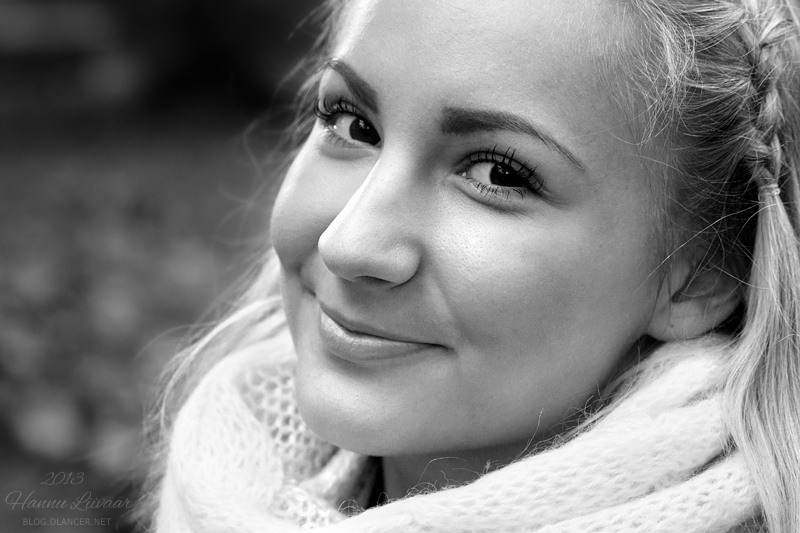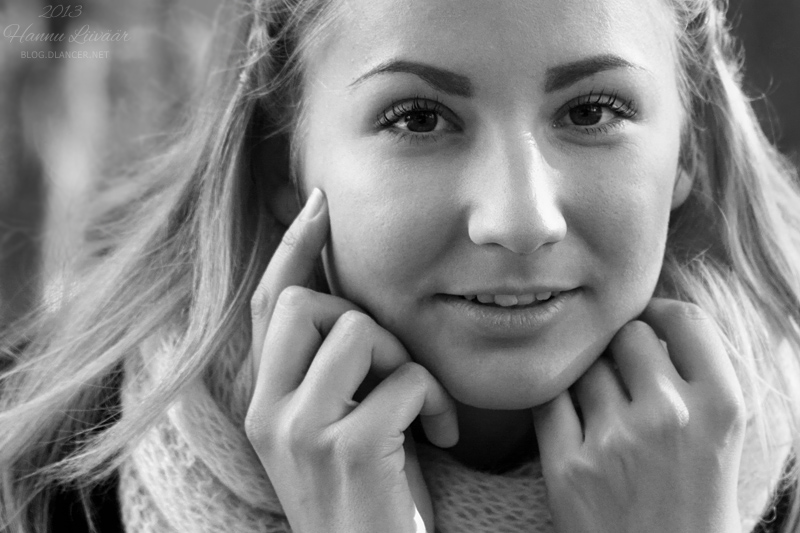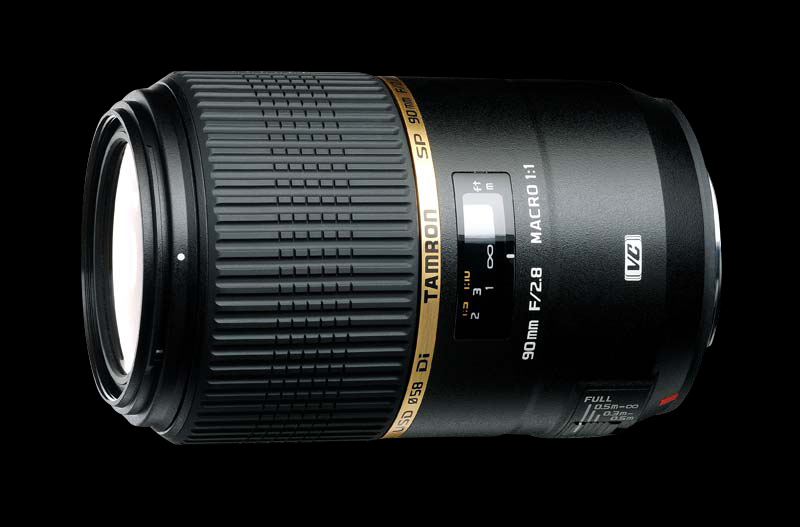Tamron SP 90mm F/2.8 Macro 1:1 VC USD review.
Thank you for Nordic Digital for providing the lens for testing purposes.
Lizard. ISO 200, 1/640s, F/7.1
Tamron
90mm 1:1 Macro F/2.8 VC USD is the latest addition of macro lens
selection of Tamron. SP stands for Super Performance, the recent
24-70/2.8 VC USD and the 70-200/2.8 VC USD are from the same series and
this can easily be told considering the high build quality of all these
lenses deliver. The Tamron 90mm Macro lens features new ring-type focus
(USD) and vibration control (VC) compared with its predecessor Tamron
90mm F/2.8 Macro 1:1 Di. Let's take a look what the lens is capable for
and what are the performance impressions shooting under different
circumstances. Technical information (ISO, shutter speed, aperture) is written below each image (VC is off unless stated otherwise).
Tinkler. ISO 400, 1/320s, F/4.5
The
lens is full frame one - 36x24mm - so you can easily use it with both
with your FX (full frame) or DX (aps-c size DSLR) camera. I picked Canon
60D this time (18mpix APS-C) to see how well the lens renders the image
to the (relatively) small pixels of the Canon's excellent DX DSLR
camera (the pixels are, for example more than 2x smaller physically,
than the ones at Canon 5D Mark II (21mpix at 36x24mm sensor).
Fishing
net. ISO 100, 1/160s, F/3.2 (The pink/red area at the background is
actually another fishing net - so considering this you can evaluate the
bokeh).
 Eyelash. ISO 200, 1/400s, F/5.0
Eyelash. ISO 200, 1/400s, F/5.0
The
housing of the lens is plastic, the build quality feels solid, the
rubber-coated focusing ring feels smooth and comfortable with excellent
grip to fingers. No zoom ring this time as the focal length is fixed.
The unit feels lightweight with the weight measuring 550g (1.2lb) only.
Bayonet mount is metallic so no cheap solution here.
Bug. ISO 320, 1/125s, F/4.5
Ceramics. ISO 400, 1/250s, F/4.0
You
can find 3 buttons at the lens, placed traditionally in a way you can
access it with your left hand easily: AF/MF button; VC on/off; finally,
the 3-stage focus limiter button (good job Tamron - really useful
feature since the autofocus has now option to make its job quicker at
certain working conditions). As usual to the USM-type autofocuses, the focus can be modified manually at any time.
Beetle. ISO 100, 1/80s, F/6.3
Macro
lens are well known for its excellent image quality. The predecessor
(Tamron 90mm Macro without VC/USD) was already well respected - how does
this new unit meet the expectations? So here I am finding myself
equipped with a couple of days of time, a nice Canon body with the lens
and a bunch of memory cards and spare batteries ready for extensive
shooting. It's summer time so the best time to capture some bugs and
flowers at northern hemisphere.
Towers. ISO 400, 1/250s, F/4.0
The
Macro 1:1 means you can capture "life size" image with the closest
focus of the lens. So if you focus your lens as close as possible at
full frame lens, you can capture a 36x24mm frame of your subject. This
size is perfect to accommodate every kind of bugs, butterflies, flowers
and other small objects we might find interesting to take a photograph
of.
Skin of a grass snake. ISO 400, 1/125s, F/5.6
The
image stabilizer works well. I find it especially useful when shooting
footage. Most of the situations I shoot stills I find the stabilizer
turned of (I find it often turned off at my other lens as well) however
you can be sure the VC saves you some great shots at modest light
conditions and I was able to shoot great portraits hand held with the
shutter speed as low as 1/30 and 1/20.
Soldier Ant. ISO 1250, 1/160s, F/5.6
Typically,
the image is somewhat soft with the aperture wide open, it get's better
at F/4, very good at f/5.6 and superb starting F/6.3(7.1) - sounds like
a general characteristics of a high quality F/2.8; however the image
quality and the way the lens renders certain image at given aperture
depends on several factors, so you may get surprisingly great results
with the lens wide open, or you may complain about the image quality
when the lens was stopped down. In general I was happy with the results
of Tamron's latest 90mm, and it delivered expected results per aperture.
Horsefly. ISO 200, 1/500s, F/7.1
I
also tried to use the lens as a "scanner" by photographing old film
negatives. With a special setup (film frames set at back-lit glass
surface) and a camera on tripod with the lens set somewhere between
F/7.1-9 I got really pleasant results. The lens always outperformed the
old film, I would say I even did not need all the 18 megapixels the 60D
has got. Focusing and DOF was not a problem once the camera was
carefully set up.
Film
"scan" - ISO 100, 0.4s (tripod), F/8 (The image above was originally
shot with a Pentax MZ-50 SLR camera and a Tamron 70-300mm F/4-5.6 LD
lens (Yay! It was Tamron again :-)) using Fujifilm Superia 200 back at
year 2002. I cannot tell about the exact shutter speed and aperture, but
as much as I can recall I would think the lens was set at 300mm with
the aperture being F/5.6 (there's some CA visible at contrasty areas).
Snout beetle. ISO 800, 1/40s, F/6.3, VC ON.
Caterpillar.
ISO 200, 1/200s, F/8 (This one is actually a real tiny one, so the
focus is near at its closest point - you can see this by really thin DOF
as well, despite the relatively small aperture - F/8).
A
couple of words about the (auto)focus. As typical to the macro lens the
focus shift is long which makes the focusing tricky both when you are
using manual or automatic focus. The AF limiter makes it easier at
certain conditions - when you are shooting, for example, portraits; or
when you are working with very close distances, so a real macro world.
Bulrush. ISO 200, 1/500s, F/5.6
Pattern Eye. ISO 400, 1/30s, F/5.6, VC ON.
Manual
focusing works really well. I often used live view with magnification
(Cheers to Canon, the "flip out + twist" LCD screen of 60D is really a
pleasure to use) to choose a part of the composition to focus on - and
had no problems to focus very, very precisely.
 Nestling Swallows. ISO 100, 1/590s, F/5.6. The focus is quite far here. Notice the beautiful bokeh.
Nestling Swallows. ISO 100, 1/590s, F/5.6. The focus is quite far here. Notice the beautiful bokeh.
Automatic
focus works well as well. I tried to fool the focus with several
different (and not that easy) conditions, and of course, at some cases
the AF failed (i.e. focusing really thin object against intensive
light), but this would have failed with other cameras/lens as well, so
the result was as expected. For this test, I always used the center
cross-type focus point. At the end I was happy with the result - if you
are not going extreme, focus is precise at 99% of the time.
Flower. ISO 400, 1/25s, F/6.3, VC ON.
Do
I need to tell about the bokeh this time? :-) Yes, since it is very
very good. The bokeh itself is (again!) a complex topic, depending of
the build (straight/rounded) and number or
diaphragm
blades (the more rounded the aperture, the better the bokeh), but also
on the light conditions available at out of focus area. Also, how close
or far is the focus. The closer the focus, the better the chances to
have superb bokeh. Since the macro lens have the ability to focus really
close, we basically cannot talk about "bad" bokeh at all. For the
portraits, the bokeh was also very good.
Lizard II. ISO 400, 1/400s, F/7.1
So
what would be the final word for the lens overall? Tamron has made it
again! Sharp lens, quick/accurate focus, image stabilizer, excellent
build quality. Also relatively lightweight. I have no hesitation to
recommend the lens for serious macro shooters so be sure you try it out
for yourself when going out for the hunt of good macro photography.
Blue Nails. ISO 800, 1/50s, F/7.1












































